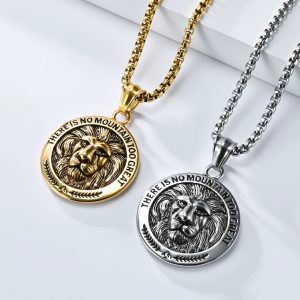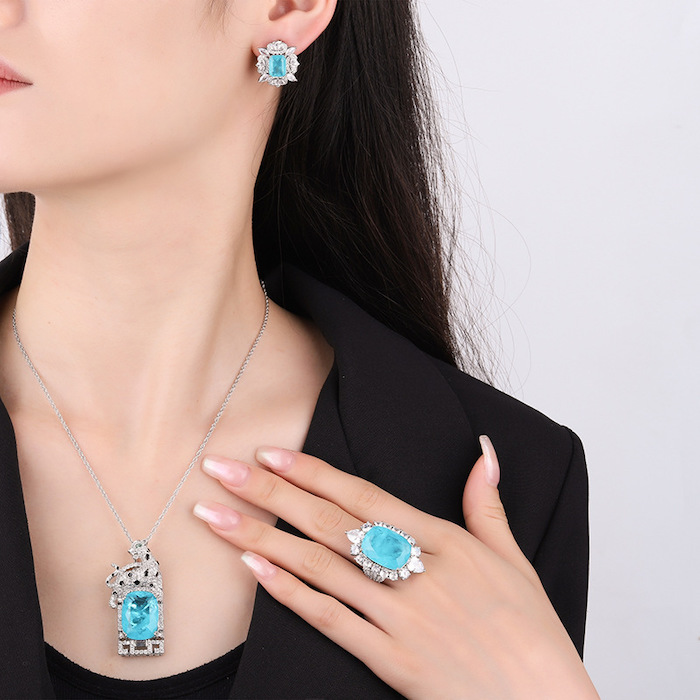Men’s fashion business is actually much better and easier to work well than women’s fashion,with lower return rates, lower complaint rates, and lower inventory levels compared to the women’s fashion business, making it significantly less challenging to operate…but still be a big challenge to operate well with higher profit rate.
Operating a successful men’s fashion business involves strategic planning, market understanding, and effective execution across various aspects of the business. Here’s a comprehensive guide to help you run your men’s fashion business efficiently:
1. Market Research
- Identify Target Audience: Understand who your customers are in terms of demographics (age, income, location) and psychographics (lifestyle, interests).
- Analyze Trends: Stay updated with current fashion trends through fashion shows, magazines, social media, and industry reports.
- Competitor Analysis: Study competitors to understand their strengths, weaknesses, pricing strategies, and marketing tactics.
2. Brand Development
- Define Brand Identity: Establish a clear brand identity that resonates with your target audience. This includes your brand name, logo, color schemes, and overall aesthetic.
- Brand Storytelling: Craft a compelling brand story that connects emotionally with your audience and differentiates your brand from others.
- Consistent Messaging: Ensure consistency in all communication channels—website, social media, advertisements—to build brand recognition.
3. Product Sourcing and Design
- Quality Over Quantity: Focus on offering high-quality products rather than a large quantity of items. Quality builds trust and customer loyalty.
- Sustainable Practices: Consider sourcing materials that are environmentally friendly and ethical, which can appeal to socially conscious consumers.
- Innovative Designs: Offer unique designs or twists on classic styles to stand out in a crowded market.
4. Pricing Strategy
- Value-Based Pricing: Set prices based on the perceived value to the customer rather than just cost-plus pricing.
- Competitive Pricing: Ensure your prices are competitive within your niche but also reflect the quality and uniqueness of your products.
- Promotions and Discounts: Use strategic promotions and discounts to attract new customers and reward loyal ones without devaluing your brand.

5. Retail and E-commerce
- Physical Stores: If you have brick-and-mortar locations, ensure they provide a welcoming and engaging shopping experience.
- Online Presence: Develop a user-friendly e-commerce website optimized for mobile devices. Consider integrating features like virtual try-ons or personalized recommendations.
- Omnichannel Approach: Provide seamless shopping experiences across online and offline channels, allowing customers to buy online and pick up in-store (BOPIS), for example.
6. Marketing and Advertising
- Social Media Marketing: Leverage platforms like Instagram, Facebook, Pinterest, and TikTok where visual content thrives. Collaborate with influencers and fashion bloggers.
- Content Marketing: Create valuable content such as style guides, lookbooks, and blog posts to engage your audience and position your brand as an authority.
- Email Marketing: Build an email list and send regular newsletters with exclusive offers, new arrivals, and styling tips.
- Paid Advertising: Utilize Google Ads, Facebook Ads, and other paid advertising options to reach a broader audience.
7. Customer Service and Experience
- Exceptional Service: Provide outstanding customer service by being responsive, helpful, and solving problems efficiently.
- Loyalty Programs: Implement loyalty programs to reward repeat customers and encourage long-term relationships.
- Feedback and Reviews: Encourage customer feedback and reviews to improve products and services while building social proof.
8. Operations Management
- Supply Chain Efficiency: Streamline your supply chain to minimize costs and ensure timely delivery of products.
- Inventory Management: Use inventory management software to track stock levels and avoid overstocking or stockouts.
- Technology Integration: Invest in technology solutions that enhance productivity, such as CRM systems, POS systems, and analytics tools.

9. Financial Management
- Budgeting and Forecasting: Keep a close eye on financials, including budgeting, forecasting, and cash flow management.
- Cost Control: Monitor expenses closely and find ways to reduce unnecessary costs without compromising quality or customer experience.
- Investment in Growth: Allocate resources wisely to areas that drive growth, such as marketing, product development, and technology upgrades.
10. Adaptability and Innovation
- Stay Agile: Be prepared to adapt quickly to changing market conditions, consumer preferences, and emerging trends.
- Continuous Improvement: Regularly review and refine business processes to stay competitive and efficient.
By focusing on these key areas, you can operate a men’s fashion business that not only meets but exceeds customer expectations, ultimately leading to sustained success and growth. Remember that staying informed about industry developments and continuously innovating will be crucial for maintaining a competitive edge.





